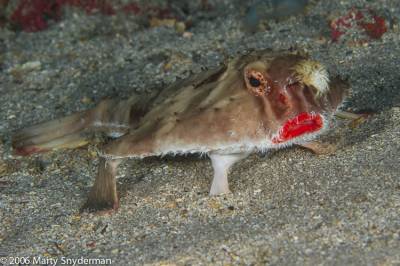Your cart is currently empty!
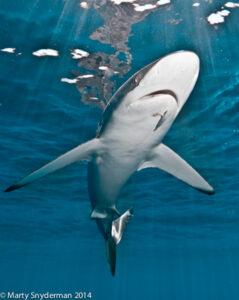
One of the pitfalls for underwater photographers, especially newer shooters, is failing to have their subject fill a pleasing percentage of their photographic frame. All too often, the result is a fantastic subject that is too small in an image. In short, the best way to describe a picture like that is “an opportunity lost”.
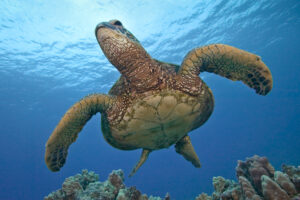
Can you remember the first time you saw a shark, manta ray, dolphin, turtle, spotted eagle ray, or any other animal you might think of as Mr. Big? Maybe you have not enjoyed an experience like that yet. But keep diving for a while, and you will.
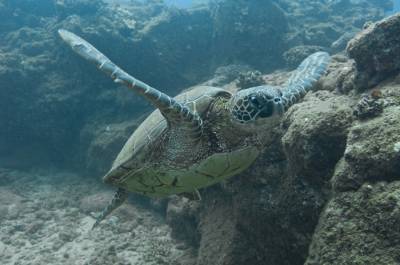
If you are...
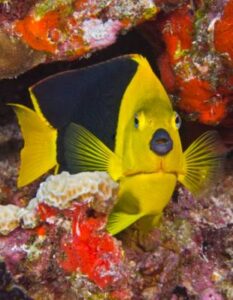
If you are like many underwater photographers I know, one factor that made you want to grab a camera system and try your hand at underwater photography was the allure of photographing fish. Occurring in what seems like endless shapes, colors, sizes, and patterns, there is no doubt that fish are wonderful subjects.
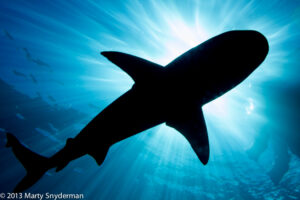
Silhouettes can be very powerful images. And compared to many other types of underwater photographs, they are relatively easy to create. However, to create a winning silhouette you will want to pay heed to a handful of basic principles. It’s those principles that I am going to share in this piece.
To get started, let’s consider what factors make a strong silhouette. That’s easy:
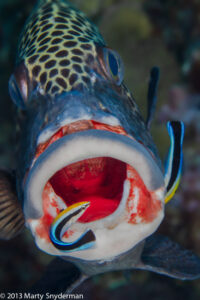
In an earlier blog I shared some thoughts about photographing fish. In that discussion I mentioned a number of categories that I use to help me get started creating pictures when I encounter a fish. I also stated that when I do not see a fish doing something such as courting, nesting, cleaning or anything else that I might classify as “behaviorally interesting”, I usually try to create an esthetically pleasing shot...
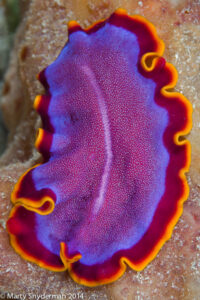
There is no doubt that vivid colors command our attention.
Color alone won’t make a photograph exceptional. But vivid colors will draw the eyes of viewers and create interest even in ordinary subjects. And that is a message that should not be overlooked.
Consider the photograph of a rather colorful flatworm that illustrates this piece.

I think you will agree that the vivid colors of this...
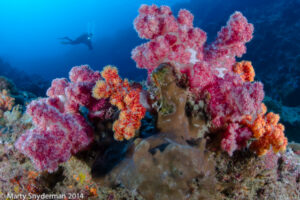
It makes perfect sense that underwater photographers want to create images with colorful subjects surrounded by inviting blue water. After all, that is the way the tropical ocean so often looks to our eyes when we dive, and the reason that many of us pay the big bucks to travel to destinations that are not in our own backyards.
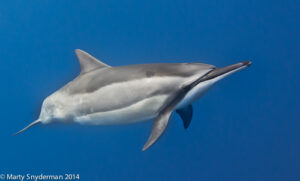
One of the taller hurdles for most underwater photographers to overcome is consistently acquiring proper exposures. One reason that so many of us struggle with exposures is that traditionally speaking we tend to talk about images in terms of the lens being used – a macro vs. a wide-angle lens- as opposed to the exposure scenario.
While the maco vs. wide-angle lens discussion has its place, I think it is usually more...
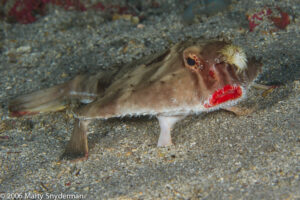
Hi Vivid-Pixers!
The first two images discussed in this blog were created in oceans that are halfway around the world from each other. In addition to that, the images were created were significantly different camera systems. The shot of the rosy-lipped batfish resting on the sand was created with a macro lens at Costa Rica’s Cocos Island.
The shot of the bottlenose dolphin...

